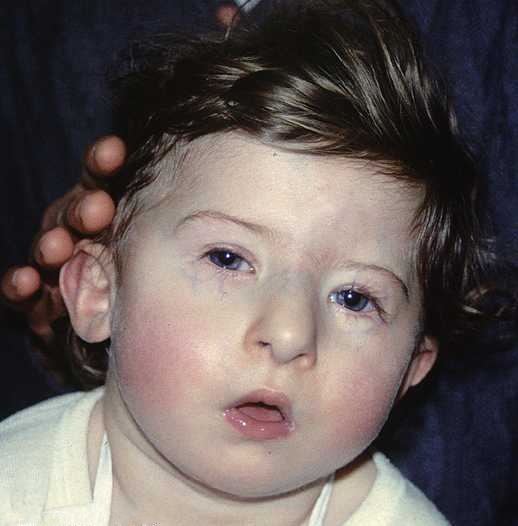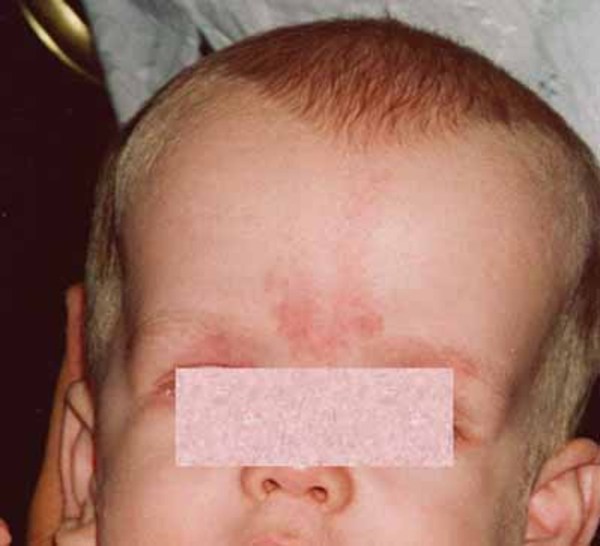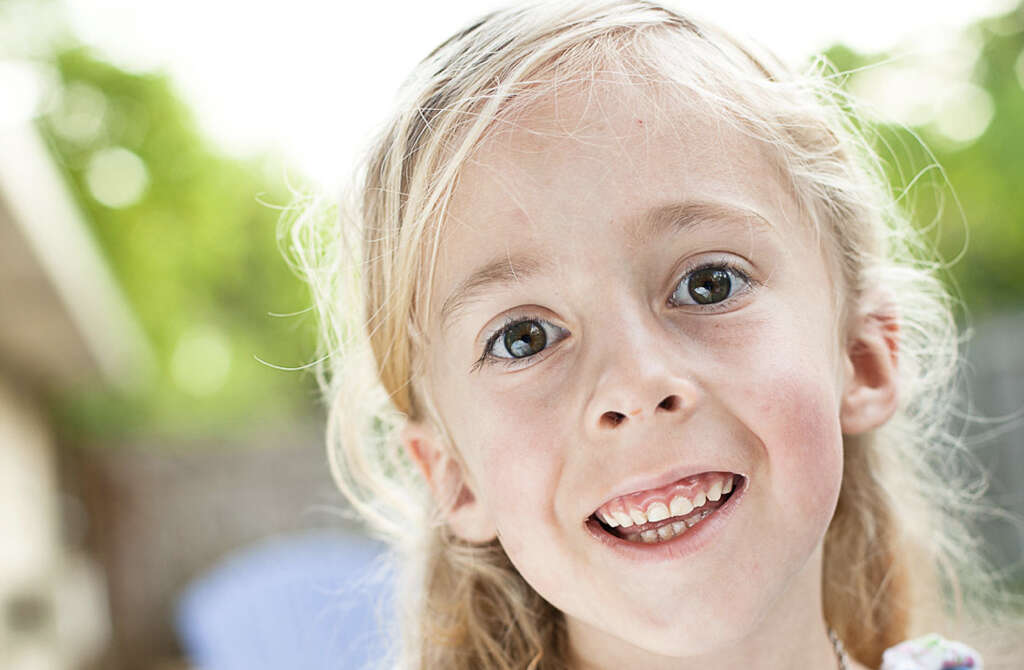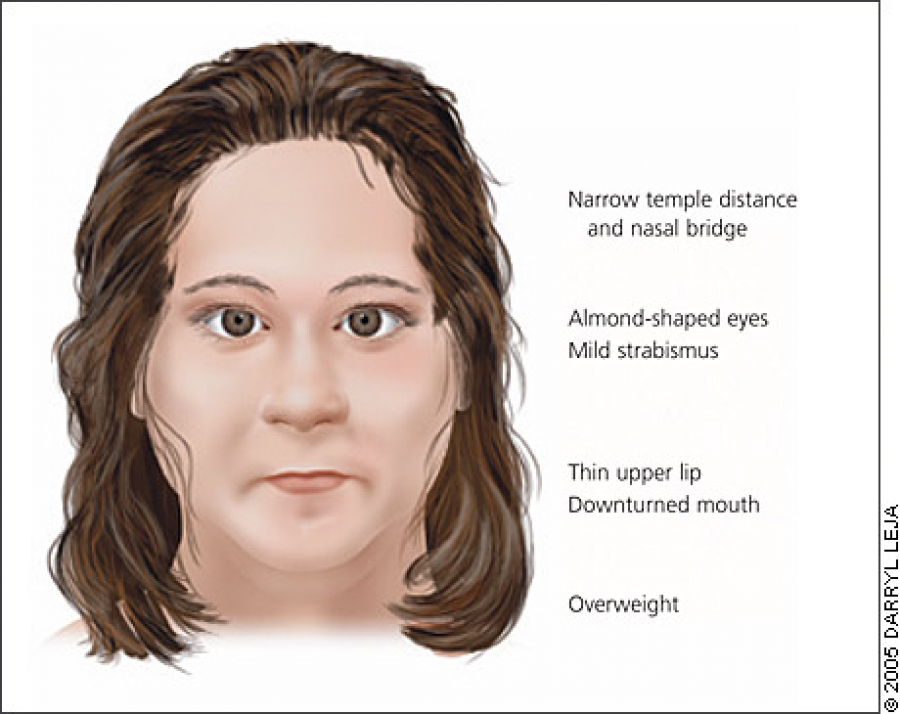
Prader Willi Syndrome Draft YouTube
Prader-Willi Syndrome (PWS) is a rare neurodevelopmental genetic disorder affecting the hypothalamus, characterised by endocrine dysfunctions and behaviour troubles [ 1 ]. The incidence at birth is around 1 in 20,000 [ 2 ]. The syndrome is caused by the absence of paternal gene expressions in the specific region of chromosome 15q11-13 [ 3 ].

Prader Willi Syndrome Pictures, Symptoms, Life Expectancy, Treatment HealthMD
General signs and symptoms. In general, hypotonia, dysmorphic appearance obesity,9,13 hypogonadism, osteoporosis and bone density, short stature,9,13-15 hypothyroidism, adrenal insufficiency, and sleep disorders are features observed.14,15 This syndrome is the first human genomic imprinting disorder. It is one of the most common microdeletion syndromes which causes genetic obesity.

PraderWilli syndrome MedlinePlus
Prader-Willi syndrome (PWS) is a genetic disorder caused by a loss of function of specific genes on chromosome 15. In newborns, symptoms include weak muscles, poor feeding, and slow development. Beginning in childhood, those affected become constantly hungry, which often leads to obesity and type 2 diabetes. Mild to moderate intellectual impairment and behavioral problems are also typical of.

PPT Behavior Characteristics of PraderWilli Syndrome Cindy Stolp PowerPoint Presentation ID
Overview Symptoms Causes Diagnosis Management Prader-Willi syndrome is a rare genetic condition that causes a wide range of physical symptoms, learning difficulties and behavioural challenges. It's usually noticed shortly after birth. Symptoms of Prader-Willi syndrome Typical symptoms of Prader-Willi syndrome include:

Facial features of a Prader Willi syndrome patient. Periorbital... Download Scientific Diagram
Characteristic facial features (may include almond-shaped eyes, down-turned mouth, narrow bifrontal diameter, strabismus, thin upper lip; see Figures 1 and 2) Developmental delay Feeding.

Prader Willi Syndrome Symptoms, Causes, Complications, Pictures Diseases Lab
There are some distinctive facial features associated with Prader-Willi syndrome that are noticeable in babies soon after birth. These include almond-shaped eyes, narrow bridge of nose, narrowing of forehead at the temples and thin upper lip and upturned mouth. Babies born with Prader-Willi syndrome often have a lower than average birth weight.

PraderWilli syndrome Floppy and Hungry Creative Med Doses
Robustness of Distinctive Facial Features in Prader-Willi Syndrome: A Stereophotogrammetric Analysis and Association with Clinical and Biochemical Markers in Adult Individuals by Claudia Dolci 1,*, Antonello E. Rigamonti 2, Annalisa Cappella 1,3, Daniele M. Gibelli 1, Graziano Grugni 4,5, Diana Caroli 5, Chiarella Sforza 1,† and Alessandro Sartorio

Ophthalmologic Features of PraderWilli Syndrome
Prader-Willi syndrome (PWS) was first described in the medical literature in 1956. 1 Subsequently, several case reports appeared in the English-language literature, 2-4 but it was not until 1968 that major review articles emerged. 5,6 An evaluation of prevalence of symptoms was published in 1972. 7 Diagnostic criteria were first proposed 10 years ago based on parental report of symptom.

PraderWilli syndrome Features MEDizzy
What are the clinical features of Prader-Willi syndrome? The clinical features of Prader-Willi syndrome depend on the age of the individual. Infancy Difficulty feeding and poor sucking reflex Diminished or absent crying Sleepiness Floppiness Delayed early developmental milestones

Prader Willi Syndrome What Is Prader Willi Syndrome?
Prader-Willi syndrome (PWS) is a genetic disorder caused by the lack of expression of genes on the paternally inherited chromosome 15q11.2-q13 region. The three main genetic subtypes are.

PPT PRADERWILLI SYNDROME PowerPoint Presentation, free download ID4845518
Distinctive features. Children with Prader-Willi syndrome may also have distinctive features, including: almond-shaped eyes. eye problems. a narrow forehead at the temples. narrow bridge of the nose. a thin upper lip and a downturned mouth. unusually fair hair, skin and eyes. small hands and feet.

Prader Willi Syndrome 10 Prader Willi Syndrome Symptoms
Food craving and weight gain. A classic sign of Prader-Willi syndrome is a constant craving for food, resulting in rapid weight gain, starting around age 2 years. Constant hunger leads to eating often and consuming large portions. Unusual food-seeking behaviors, such as hoarding food, or eating frozen food or even garbage, may develop.

Prader Willi syndrome
Description Prader-Willi syndrome is a complex genetic condition that affects many parts of the body. In infancy, this condition is characterized by weak muscle tone (hypotonia), feeding difficulties, poor growth, and delayed development.

Typical Facial Features of Child with PraderWilli syndrome (Photograph... Download Scientific
Prader-Willi syndrome (PWS) is a rare genetically determined neurodevelopmental disorder usually associated with a peculiar facial appearance. There is poor information concerning the relationships between the facial dysmorphism in PWS and other manifestations.

Prader Willi Syndrome Documentary Clip YouTube
The clinical appearance of PWS includes dysmorphic facial features with almond-shaped eyes, a narrow bifrontal diameter, and a thin upper lip; short stature; central obesity; and small hands and feet. We present a case of a 27-year-old woman with PWS and describe the typical clinical features and cutaneous manifestations of PWS. Publication types

What Is PraderWilli Syndrome? PraderWilli Syndrome Association USA
Neonates with Prader-Willi syndrome in Asia have hypotonia, poor responsiveness, feeding difficulty, infrequent and weak crying, genital hypoplasia, and characteristic facial features. Recognition of the syndrome in neonates with confirmation by genetic testing is essential, because early diagnosis allows early intervention.